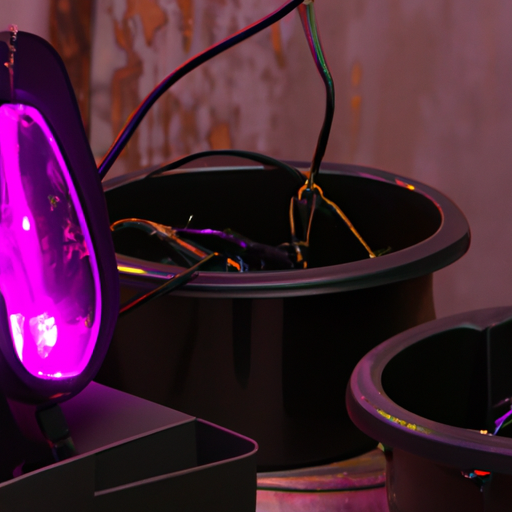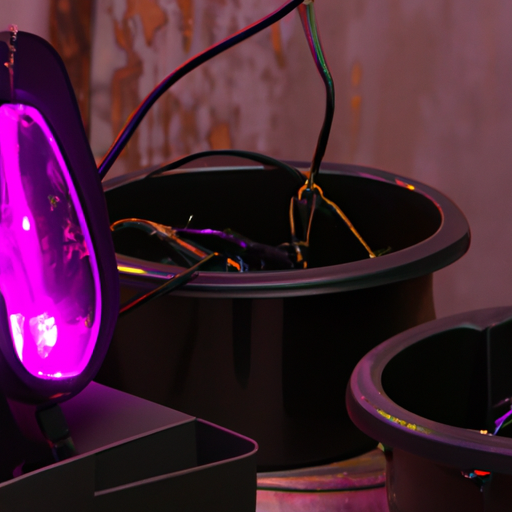Creating an ideal environment for your parrot is not just about providing a spacious cage and engaging toys; it also involves replicating a habitat that mirrors their natural conditions as closely as possible. This means paying close attention to two critical aspects of their environment: lighting and temperature. These factors are not only essential for their physical health but also play a significant role in their emotional well-being.

Understanding the Importance of Proper Lighting
Parrots, like most birds, are highly responsive to light due to their unique physiology. The right lighting can influence their mood, hormonal balance, and overall health. Natural sunlight is the best source of lighting for parrots, as it provides a full spectrum of light, including ultraviolet (UV) light, which is crucial for synthesizing vitamin D. Vitamin D is essential for parrots, as it aids in calcium absorption, ensuring healthy bone structure and preventing metabolic disorders.
However, achieving adequate natural sunlight indoors can be challenging. Placing your parrot’s cage near a window where direct sunlight is available can help, but beware of the risks of overheating and exposure to drafts. A more controlled and consistent option is to use artificial lighting, specifically full-spectrum bulbs. These bulbs mimic the benefits of natural sunlight and can be set up to provide 12 to 14 hours of light per day, mimicking the natural light cycle, which is particularly beneficial for maintaining your parrot’s circadian rhythm.
Temperature Considerations for Comfort and Health
Temperature is another crucial factor in creating a comfortable indoor habitat for your parrot. These tropical birds are used to warm environments, and sudden changes in temperature can lead to health issues, including respiratory problems and discomfort. Ideally, the room temperature where you keep your parrot should be between 65 and 80 degrees Fahrenheit. It’s important to avoid placing your parrot’s cage near air conditioners, high windows, or doors that frequently open to the outside, as these can create cold drafts.

Moreover, humidity plays a role in your parrot’s health. Most parrots thrive in moderate to high humidity levels, similar to their native tropical habitats. Using a room humidifier can help maintain these levels, especially during dry winter months or in naturally arid climates. It’s also beneficial to include a bathing dish in their cage, which helps in maintaining feather health and provides a source of entertainment.
Monitoring and Adjusting the Environment
To ensure that you are consistently providing the right conditions, it’s valuable to keep a thermometer and hygrometer in the room to monitor temperature and humidity levels. Adjustments might be necessary as seasons change or as your parrot shows signs of discomfort or stress.
Finally, while setting up the perfect habitat for your parrot with the right lighting and temperature is crucial, remember that regular interaction and stimulation are equally important. Engage with your parrot daily, provide a variety of toys, and ensure they have space to explore and exercise. A well-lit, comfortable environment will help your parrot lead a happy, healthy life, allowing you to enjoy the vibrant personality and companionship that parrots are known for. By paying attention to these environmental details, you are setting the stage for a thriving relationship with your feathered friend.


5 Comments
I love the tip about creating a gradient of temperature in the cage. That way, the bird can choose where it’s most comfortable. I’ve only had my Amazon parrot for a few months and still learning. This post is a gold mine for newbie parrot parents like me. Thanks a ton!
Great insights! I’ve been struggling with keeping my macaw’s space warm enough during winter, but your heating tips are really helpful. I’m going to try using a ceramic heat emitter now!
I wish I had read this sooner! I’ve been overdoing the lighting for my parrot, thinking the more, the better. I had no idea it could stress them out. Definitely, adjusting the lighting after reading your post. Thank you for the detailed information.
Thanks for this article. I’ve been keeping parrots for years, but I’ve always had trouble finding the right balance of light and heat. Your tips about using UVB lights and monitoring the temperature are definitely going to come in handy.
This is a really helpful article. I’ve never thought about the impact of the lighting cycles on my African Grey’s behaviour. I’m going to give your recommended 12-hour light and dark cycle a try. Thanks for sharing!